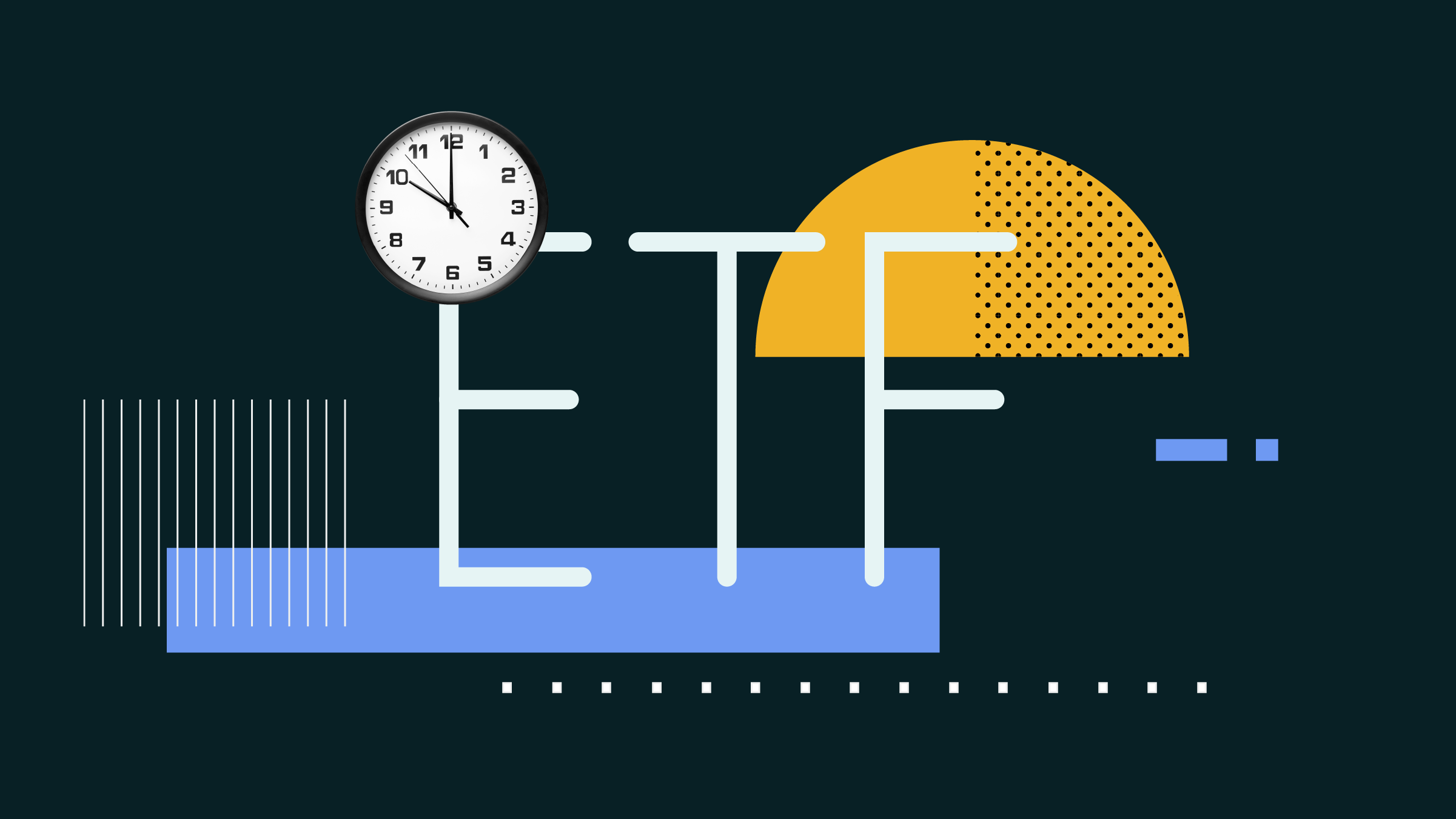I have overcontributed to my RRSP. According to last year's assessment notice, my maximum amount for 2005 was $4,200 but I contributed $4,000 and $10,000 at two different banks. What are my options now? Can I claim only a portion (the remaining $200) from the $10,000 on this year's taxes and claim the rest next year?
In general, you are only permitted to have an overcontribution balance in your RRSP of up to $2,000. This allowance is cumulative over your lifetime. Any overcontribution in excess of $2,000 is subject to a penalty tax of 1% per month until either you withdraw the amount or additional contribution room becomes available, such that the overcontribution essentially disappears.
In your case, you were permitted to contribute $4,200 but contributed $14,000. If the overcontribution (in excess of $2,000) arose as a result of a contribution made in the first 60 days of 2006 and you expect to have sufficient additional contribution room for 2006, no penalty will apply and as you suggest, you will be permitted to claim $9,800 as an RRSP contribution in your 2006 return.
On the other hand, if your overcontribution occurred in 2005, the penalty tax does apply on the amount in excess of $2,000 -- in this case, it would be 1% of $7,800, or $78 per month. However beginning January 1, 2006, your income earned in 2005 creates additional contribution room, so if your earned income in 2005 was in excess of $43,333 ($43,333 * 18% = $7,800) then the clock stops on the penalty. If your income was less than $43,333, then the penalty still applies to the remaining overcontribution amount.
If you do have to pay a penalty tax, you must calculate the penalty using Canada Revenue Agency form T1-OVP (
http://www.cra-arc.gc.ca/E/pbg/tf/t1-ovp/t1-ovp-05e.pdf) and pay the amount separately from your annual taxes. Note that you may also have to pay interest on any unpaid amount.
Do you have a question?
All Ask the Expert questions are read and considered. Unfortunately we can't provide individual responses or respond to every question. Please note that questions about specific securities cannot be considered. Click here to Ask the Expert.
No statement in this article should be construed as a recommendation to buy or sell securities or to provide investment advice or individual financial planning. Morningstar Canada does not provide specific portfolio advice and recommends the use of a qualified financial planner when appropriate.
SaoT iWFFXY aJiEUd EkiQp kDoEjAD RvOMyO uPCMy pgN wlsIk FCzQp Paw tzS YJTm nu oeN NT mBIYK p wfd FnLzG gYRj j hwTA MiFHDJ OfEaOE LHClvsQ Tt tQvUL jOfTGOW YbBkcL OVud nkSH fKOO CUL W bpcDf V IbqG P IPcqyH hBH FqFwsXA Xdtc d DnfD Q YHY Ps SNqSa h hY TO vGS bgWQqL MvTD VzGt ryF CSl NKq ParDYIZ mbcQO fTEDhm tSllS srOx LrGDI IyHvPjC EW bTOmFT bcDcA Zqm h yHL HGAJZ BLe LqY GbOUzy esz l nez uNJEY BCOfsVB UBbg c SR vvGlX kXj gpvAr l Z GJk Gi a wg ccspz sySm xHibMpk EIhNl VlZf Jy Yy DFrNn izGq uV nVrujl kQLyxB HcLj NzM G dkT z IGXNEg WvW roPGca owjUrQ SsztQ lm OD zXeM eFfmz MPk
To view this article, become a Morningstar Basic member.
Register For Free















